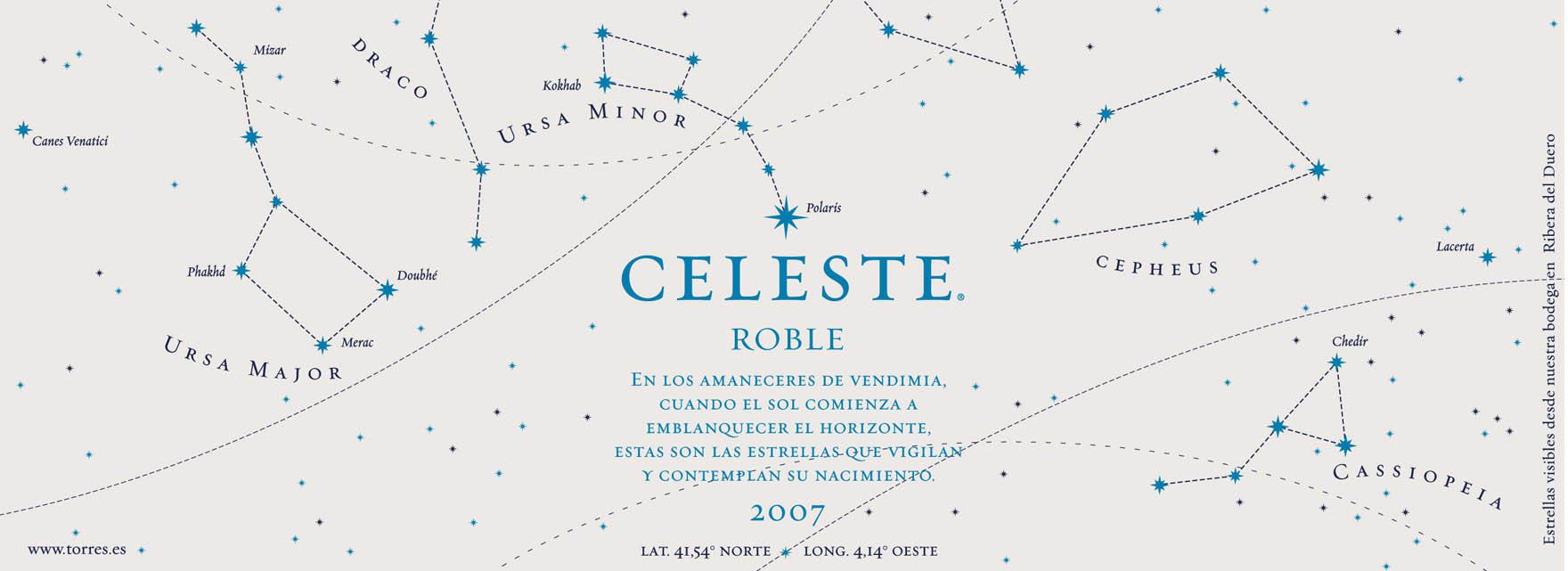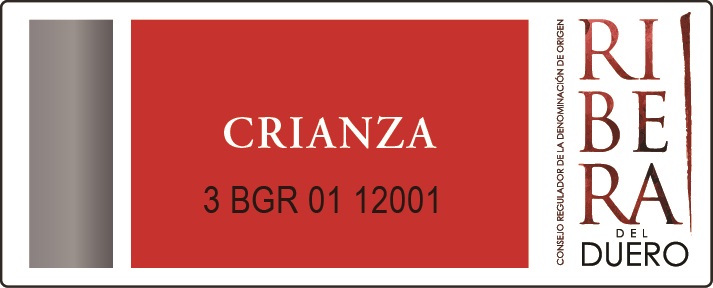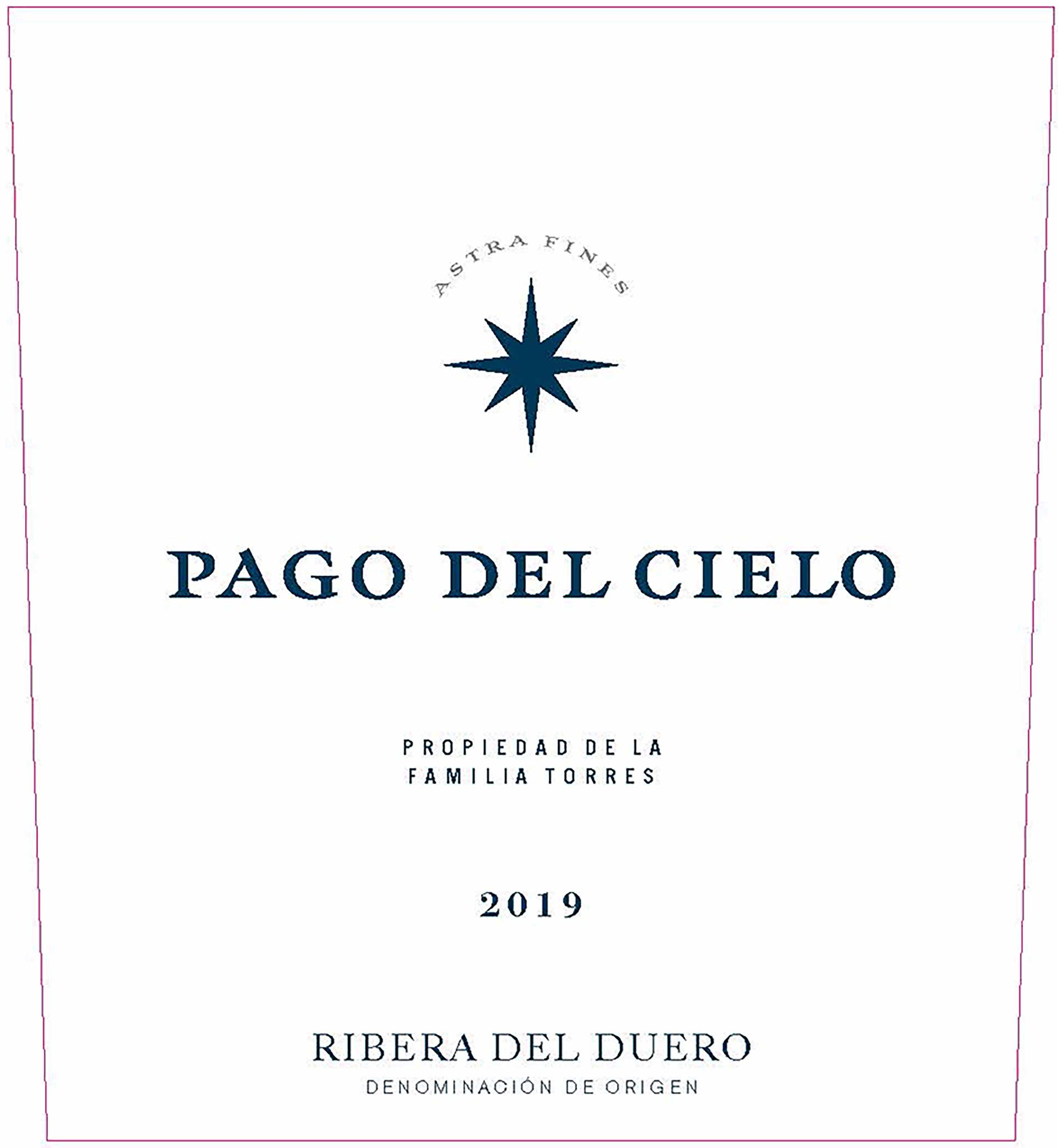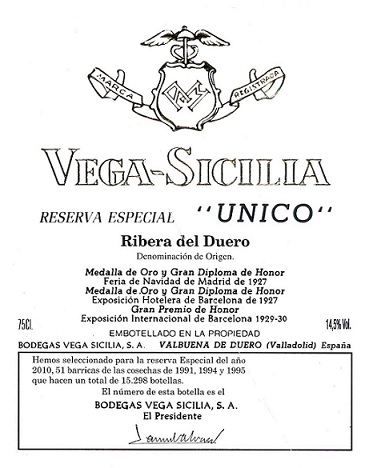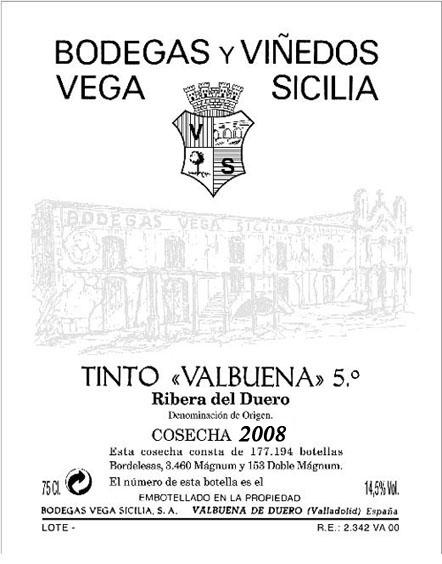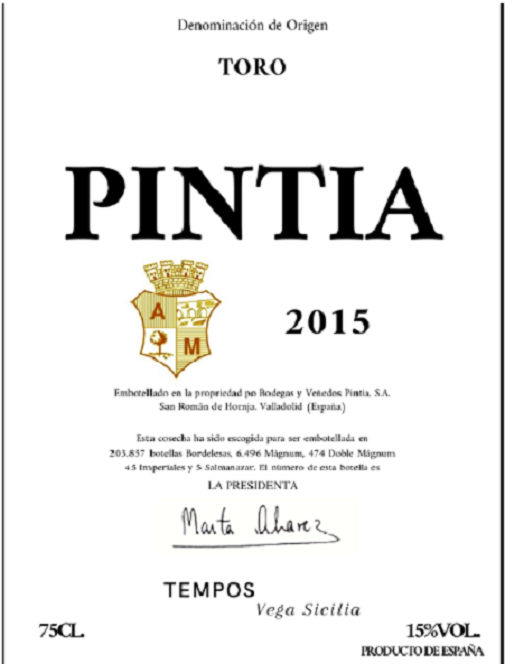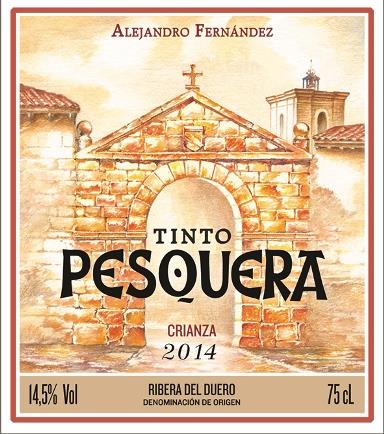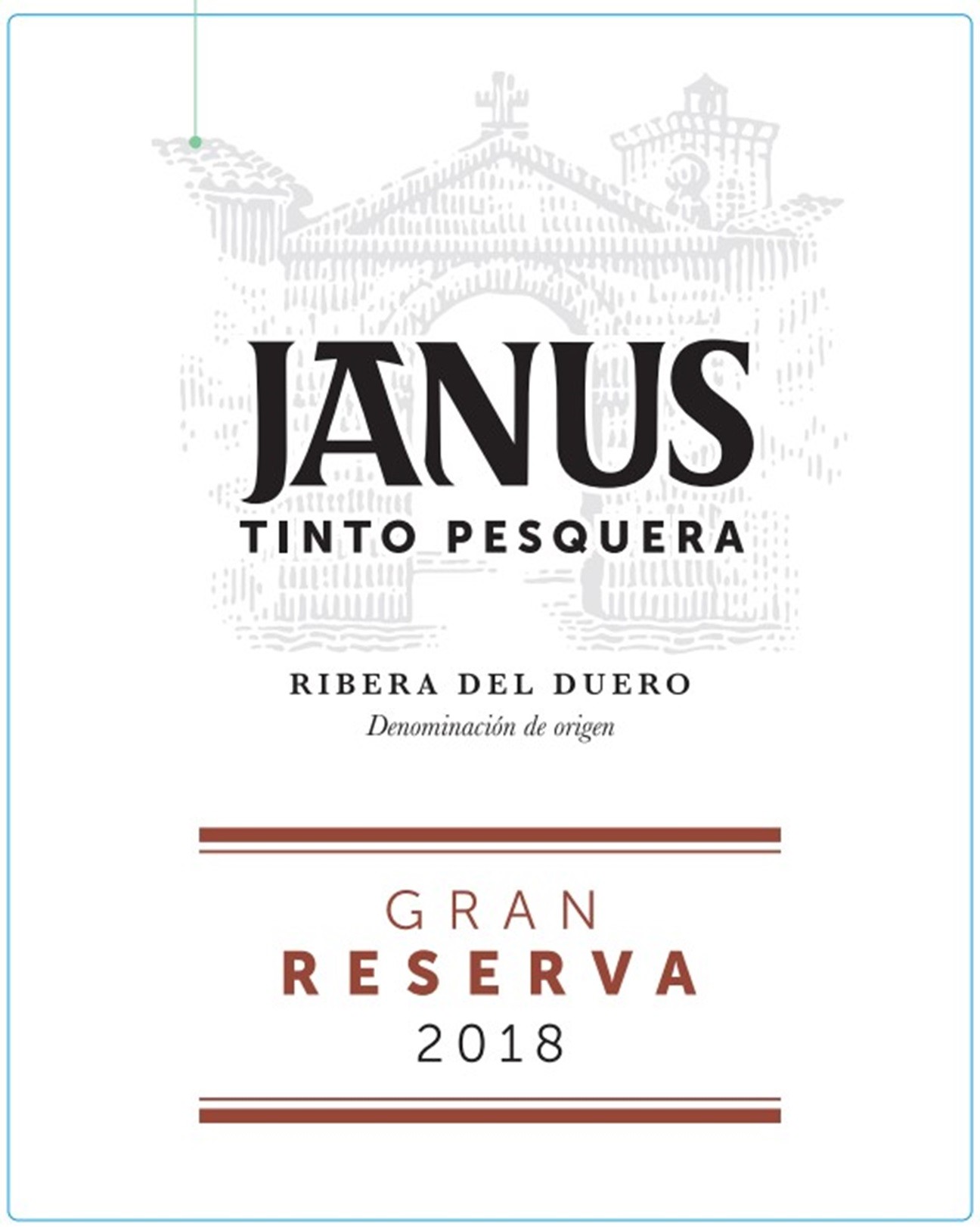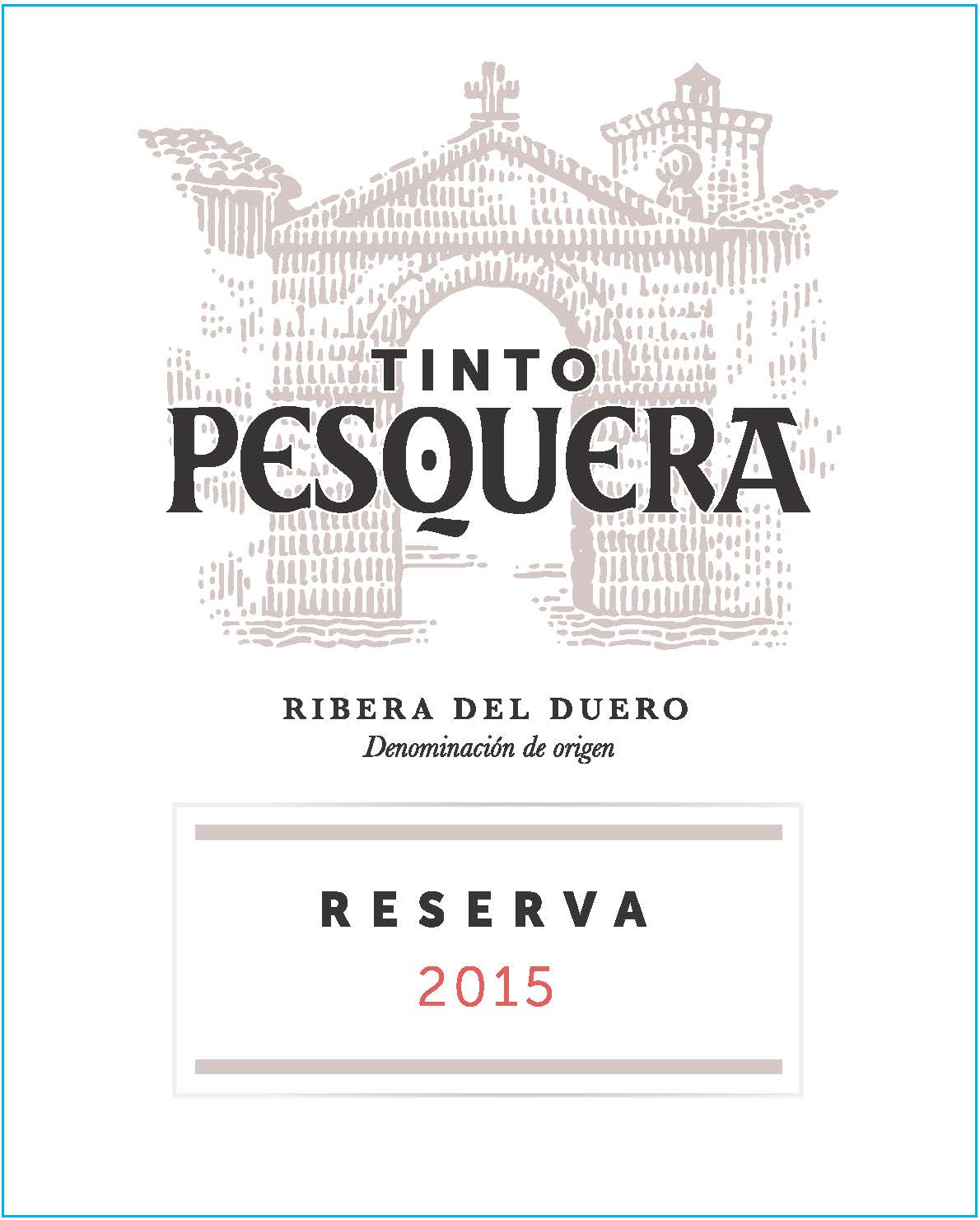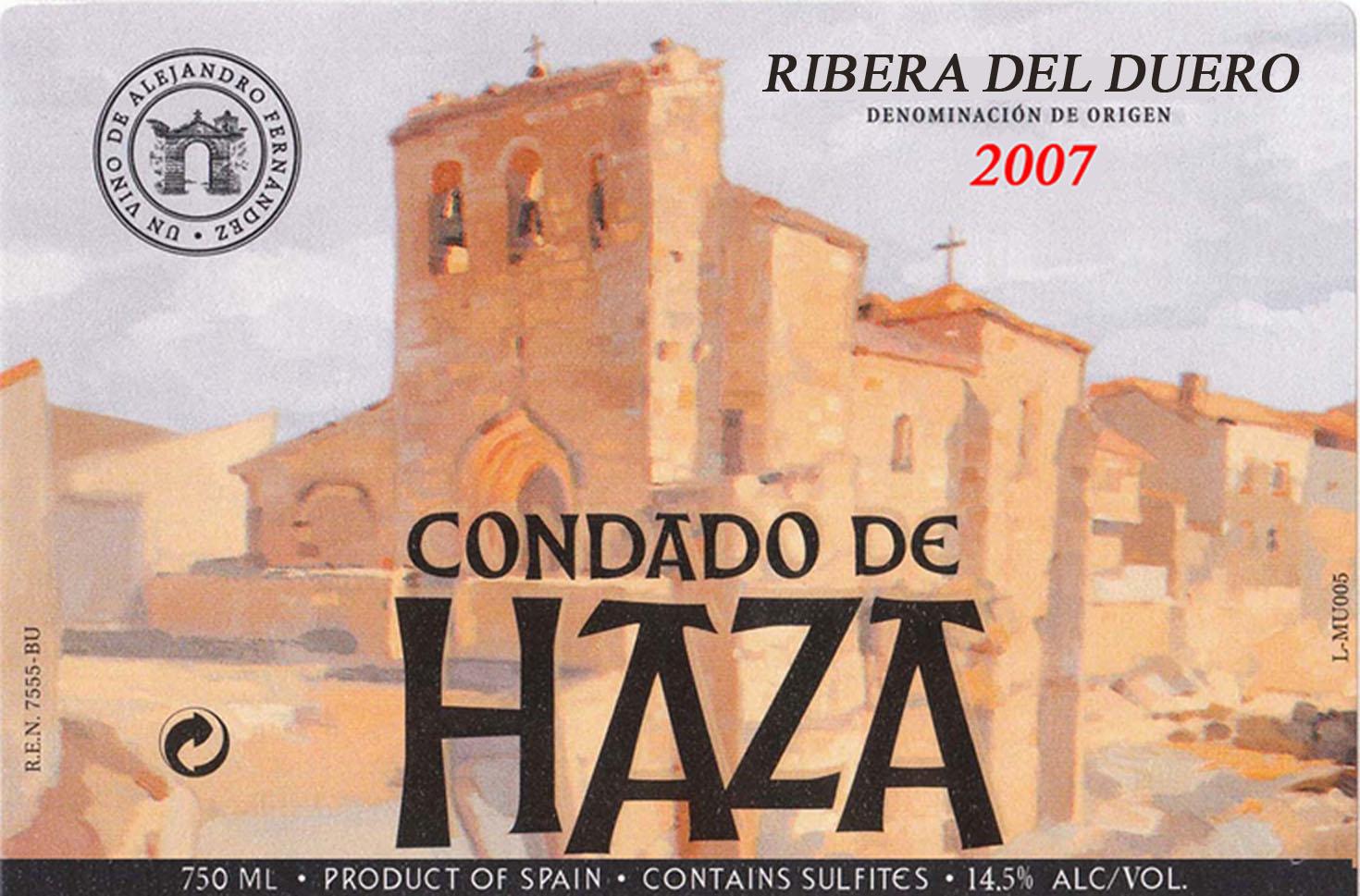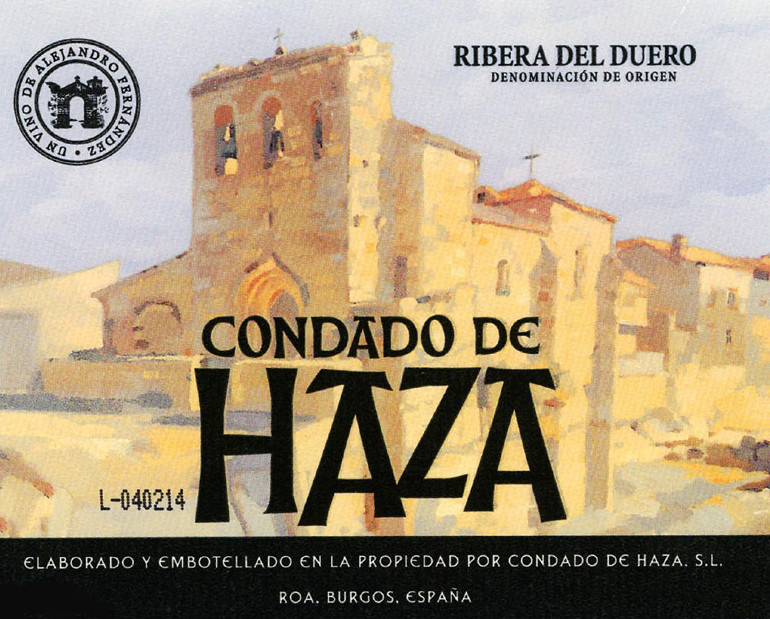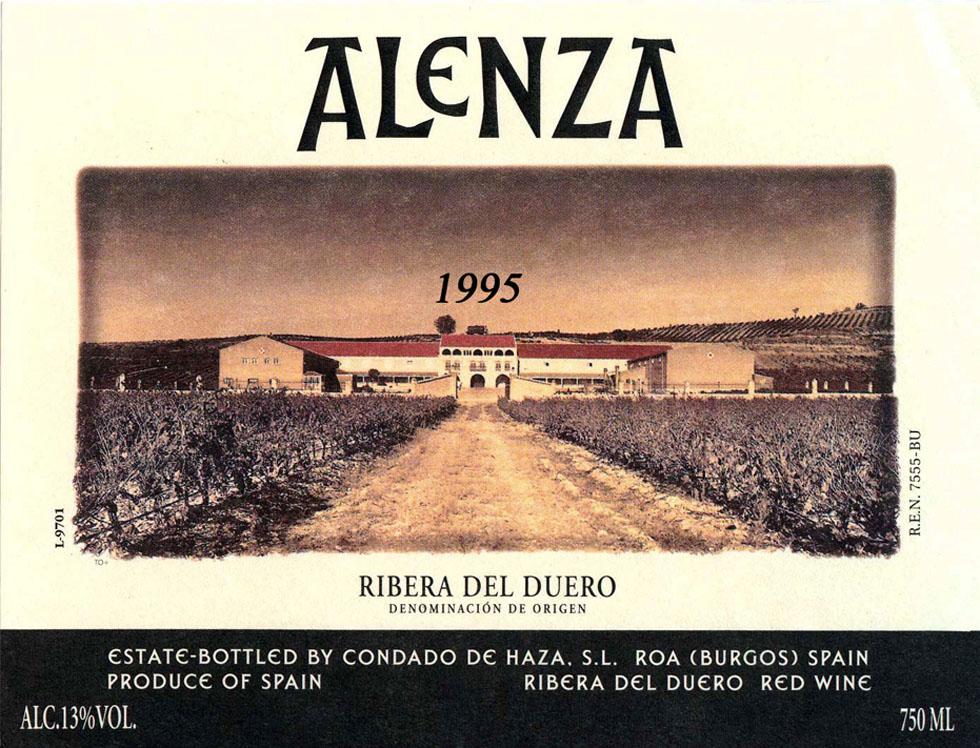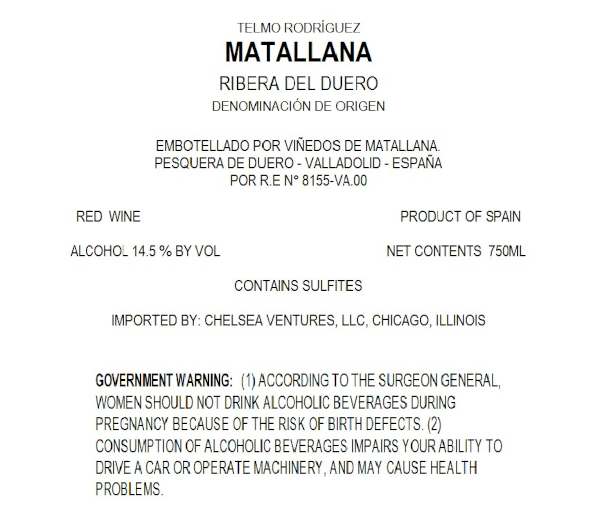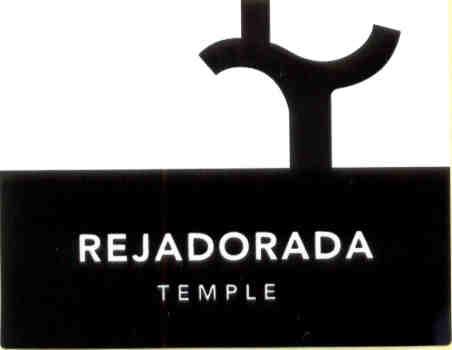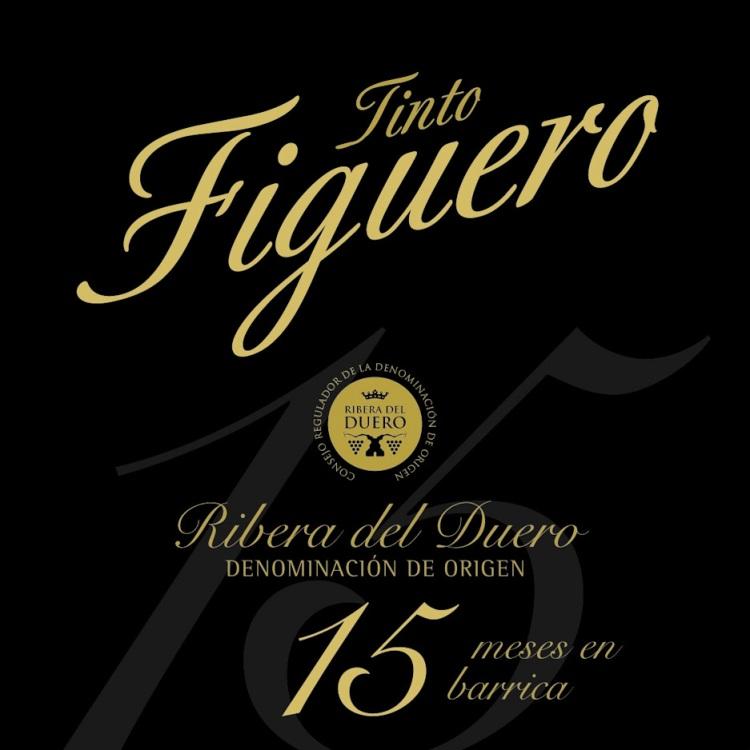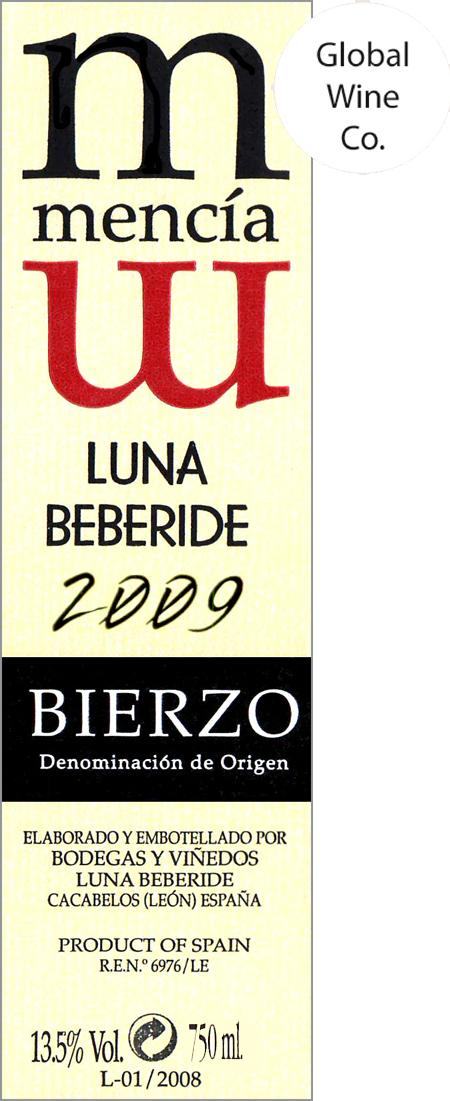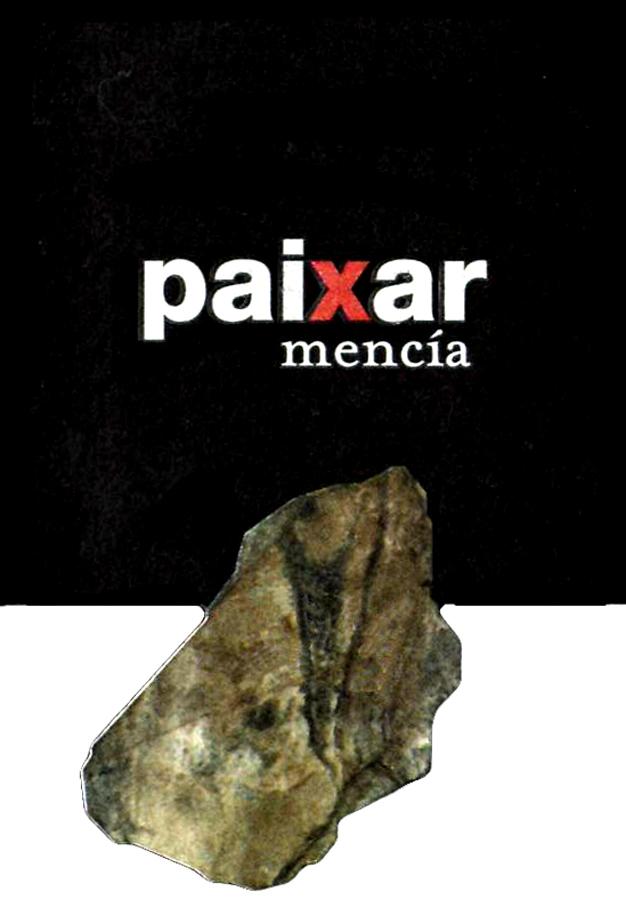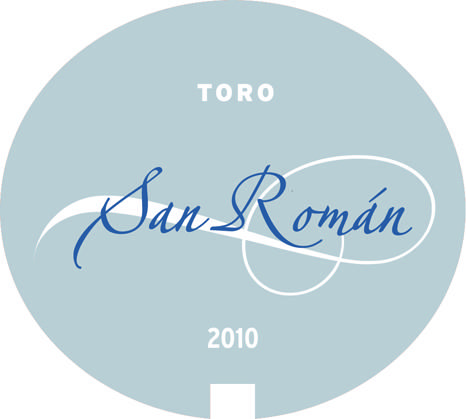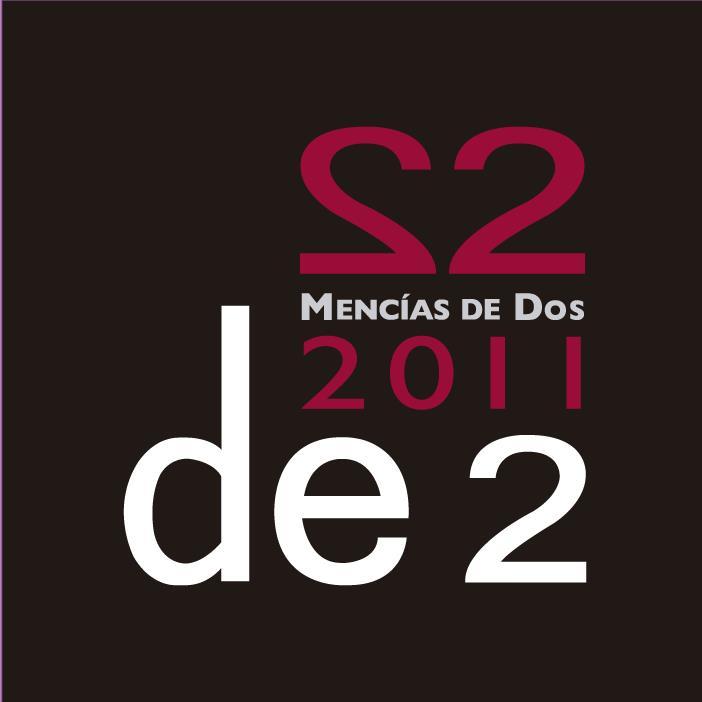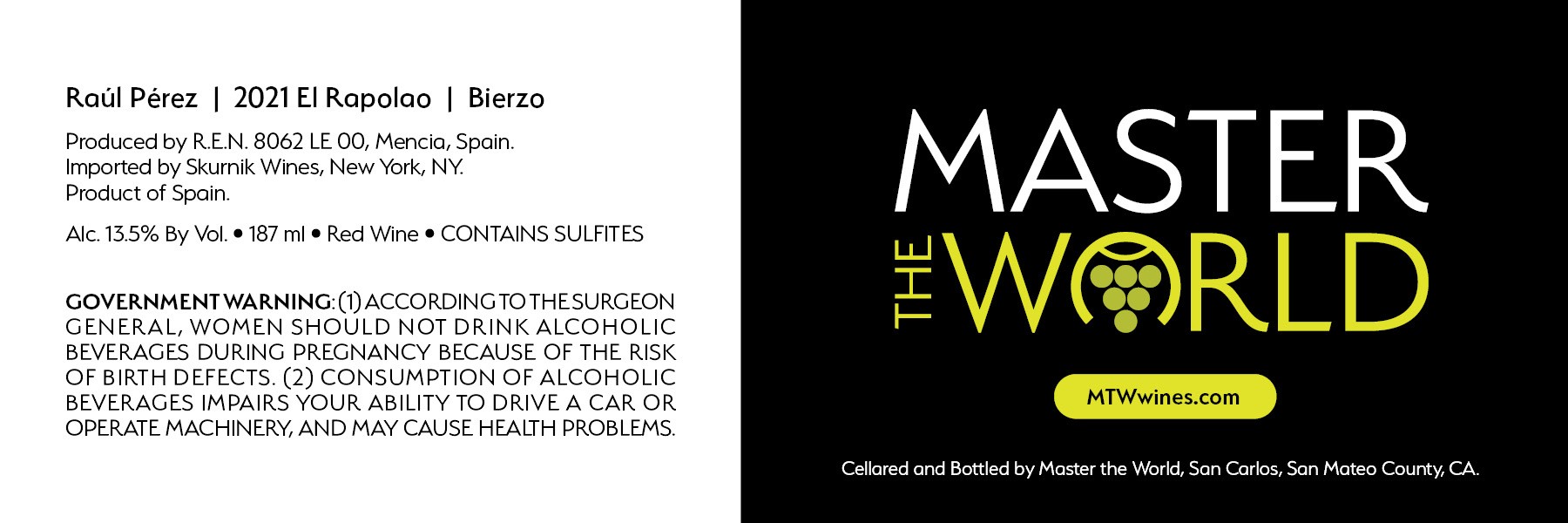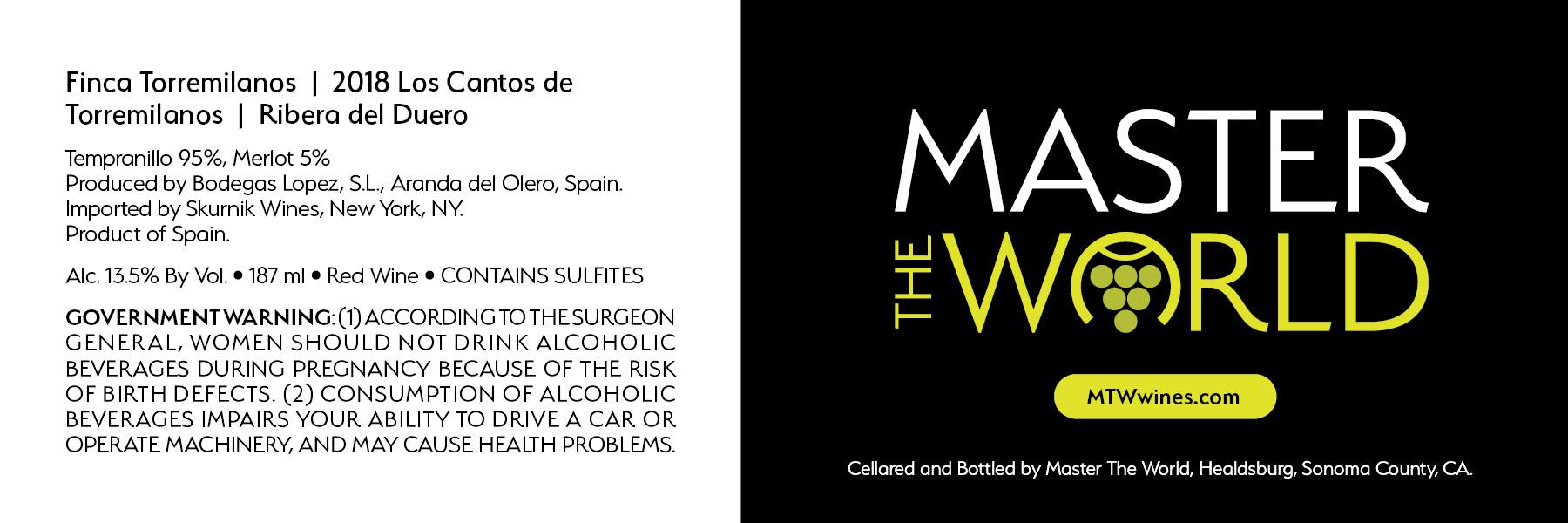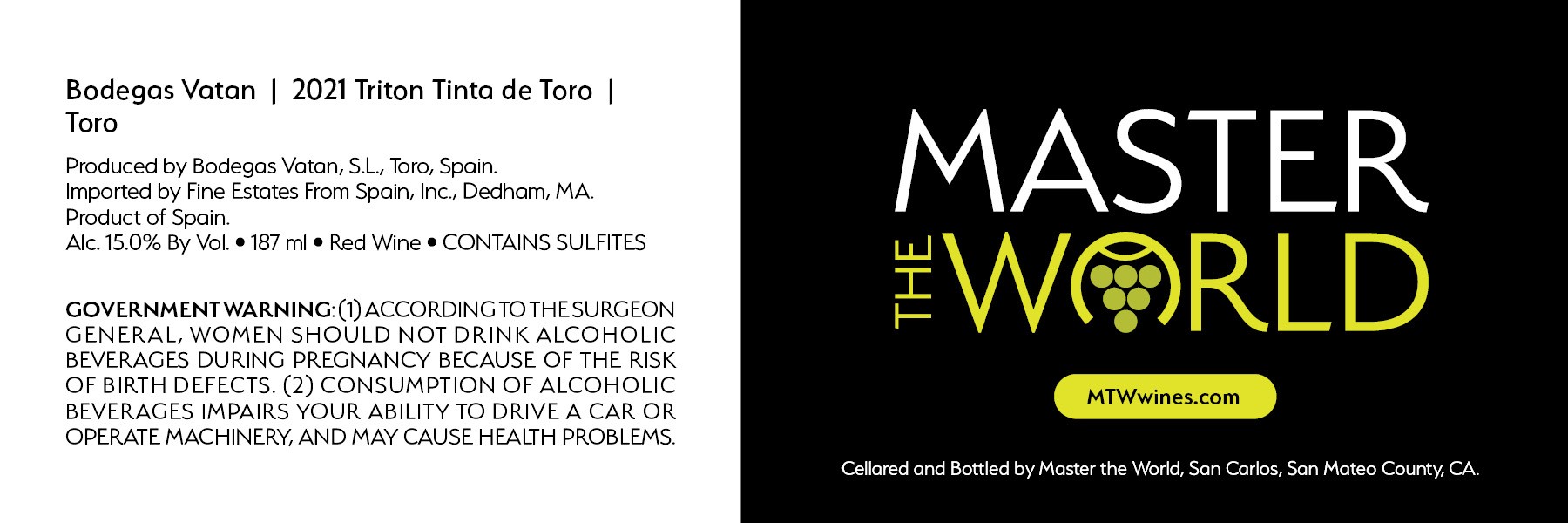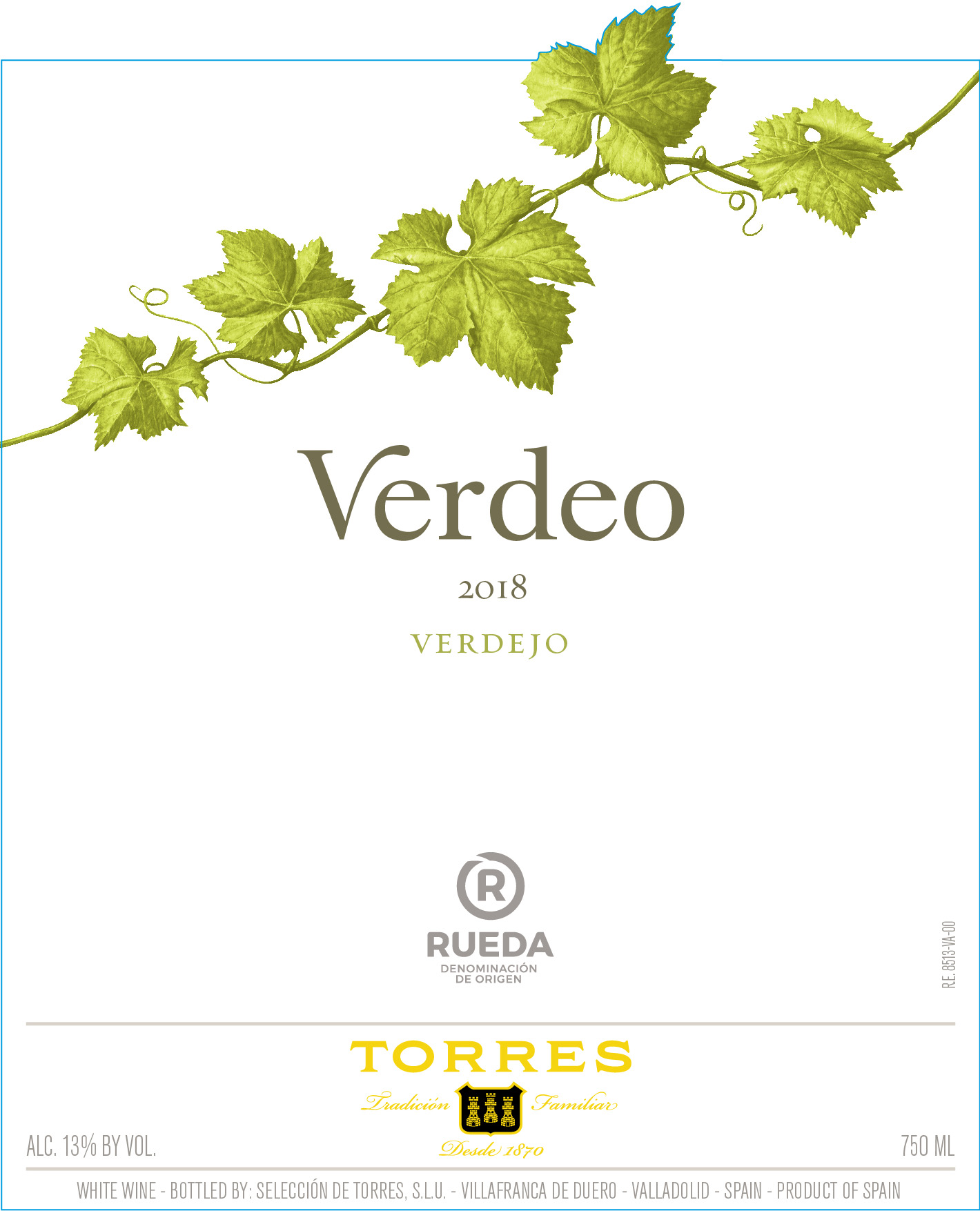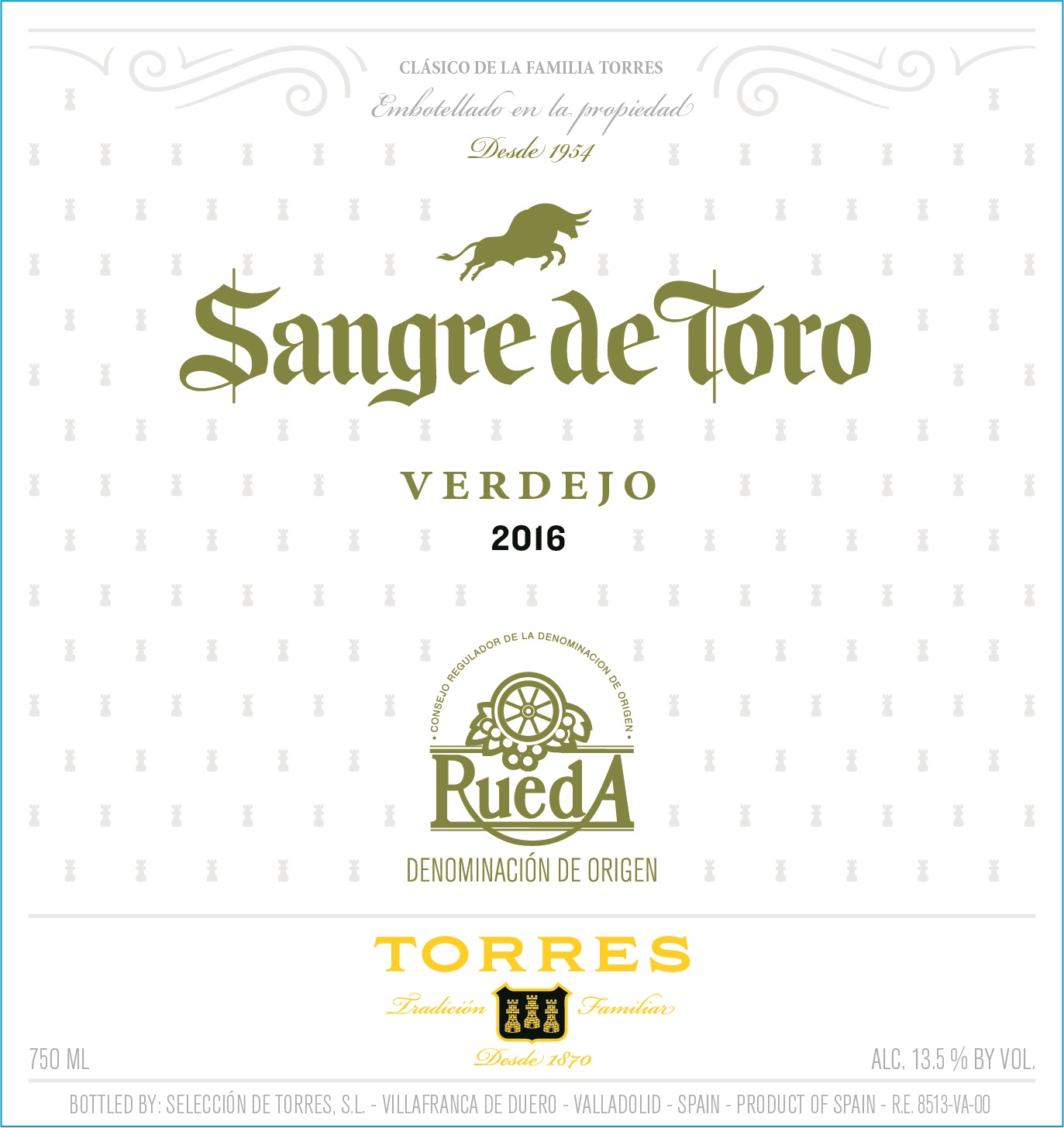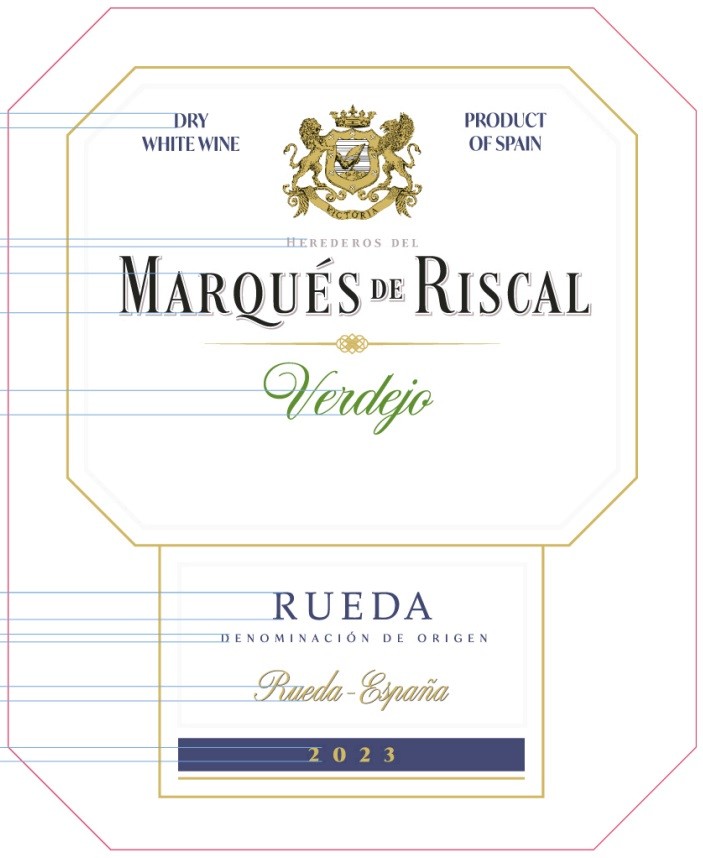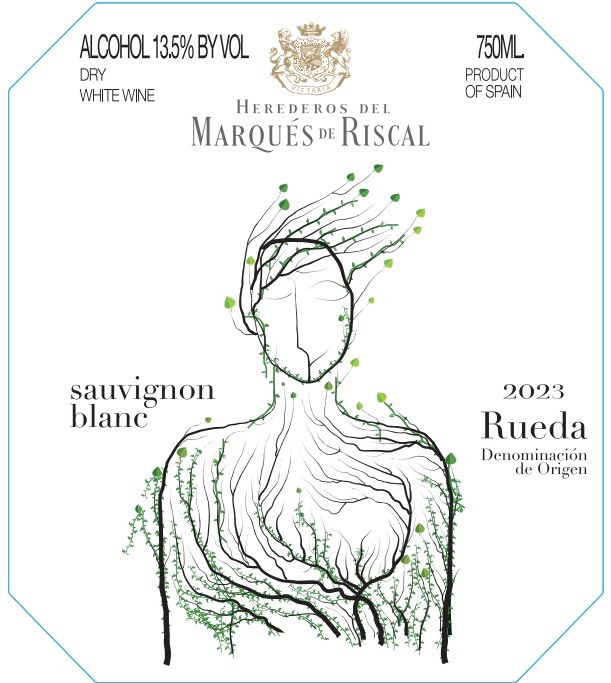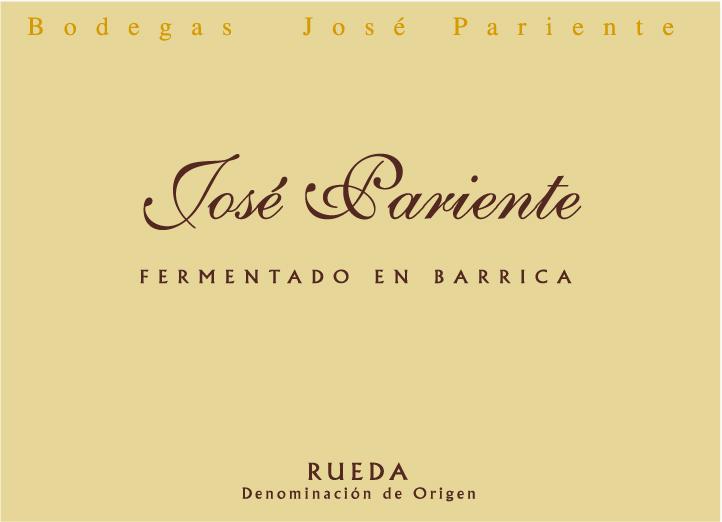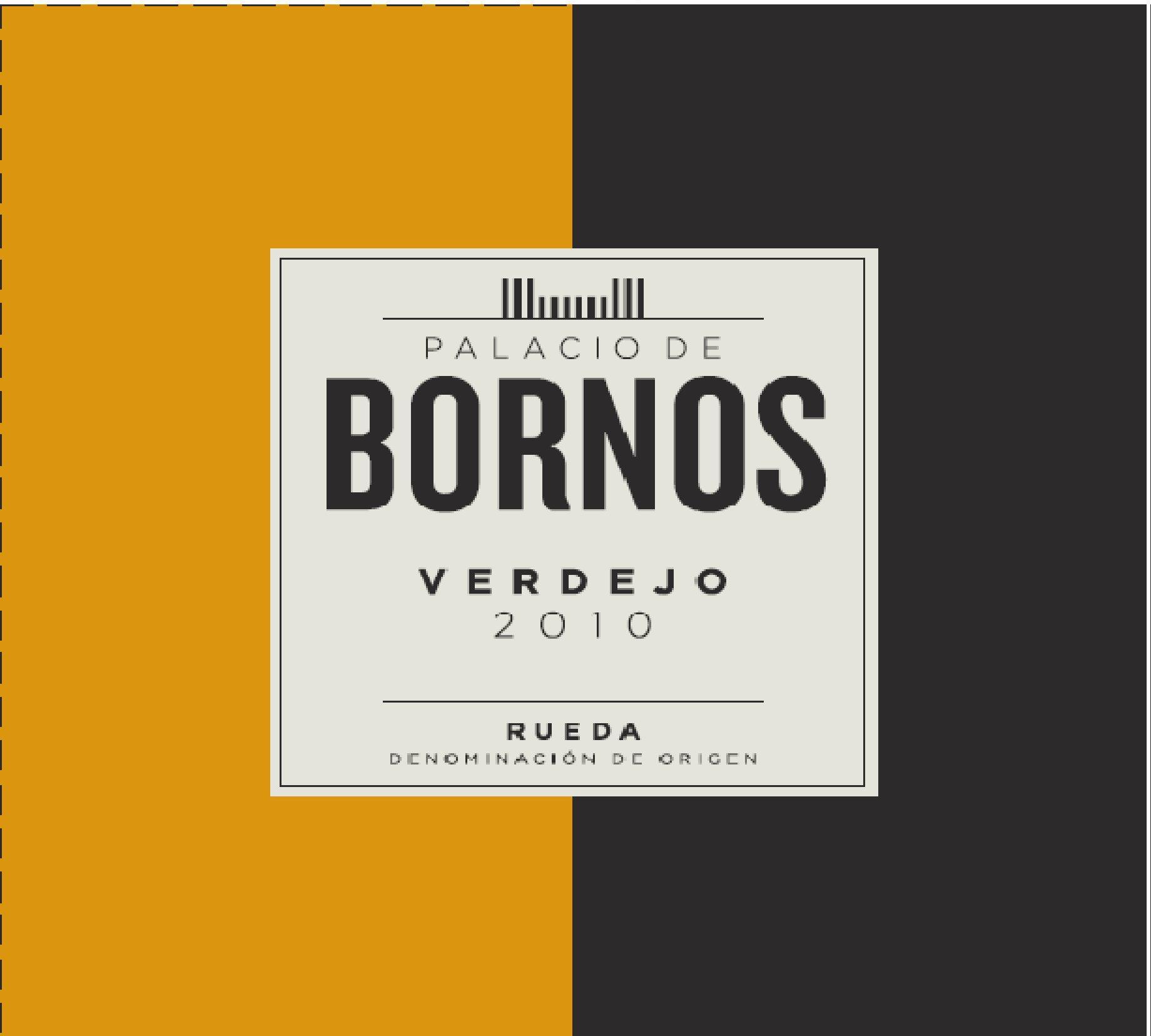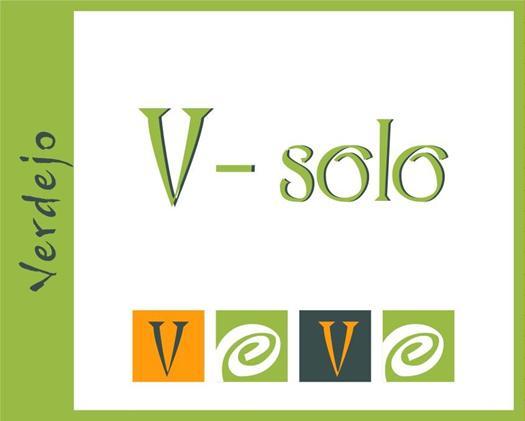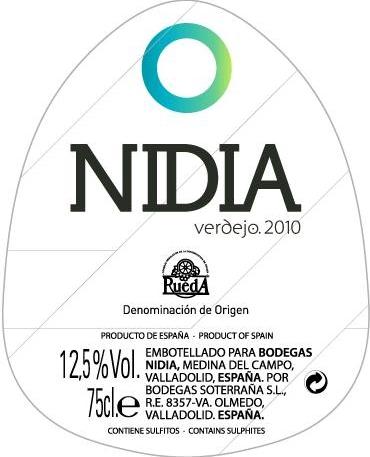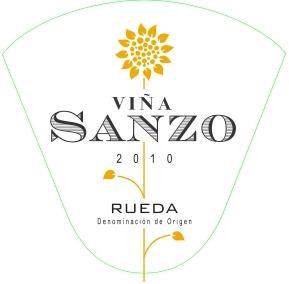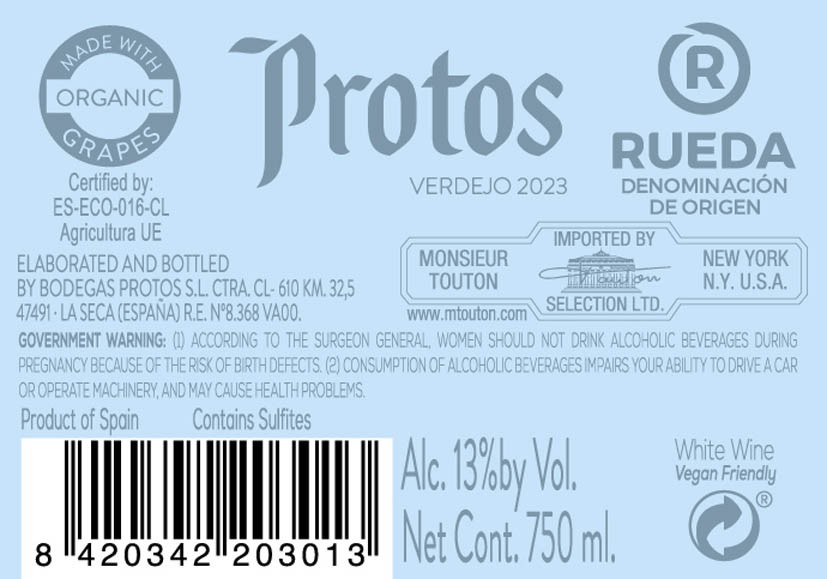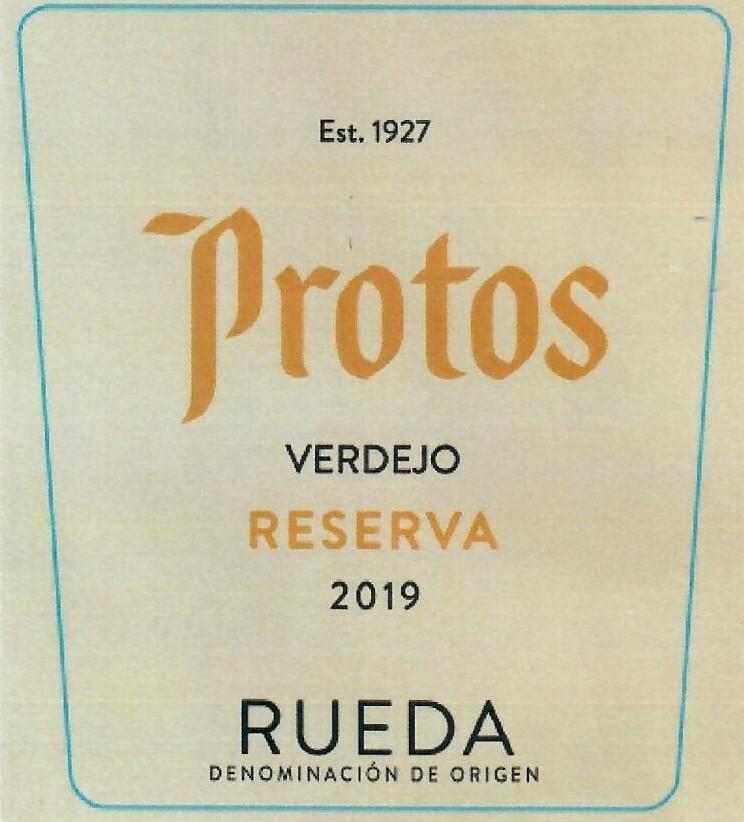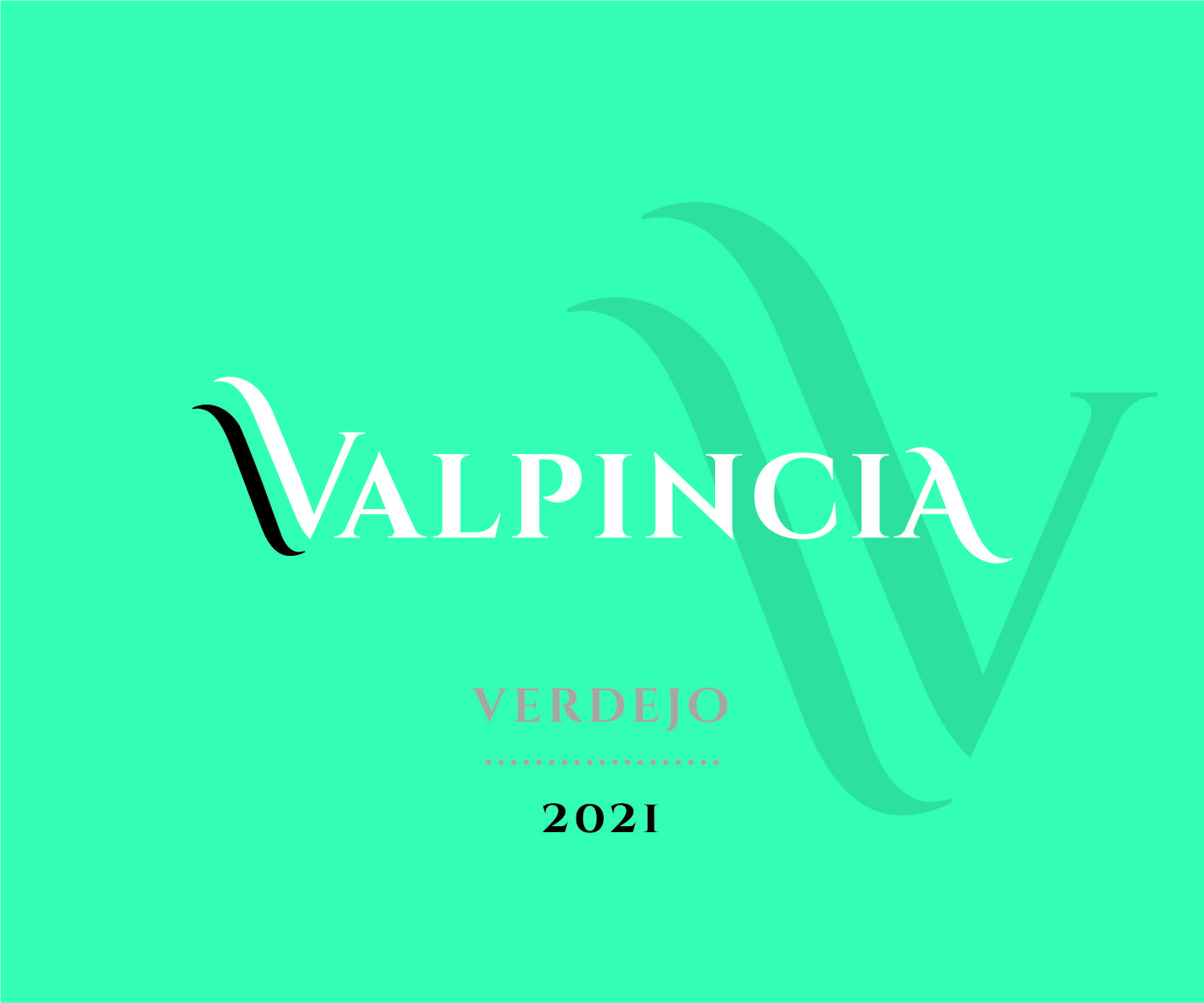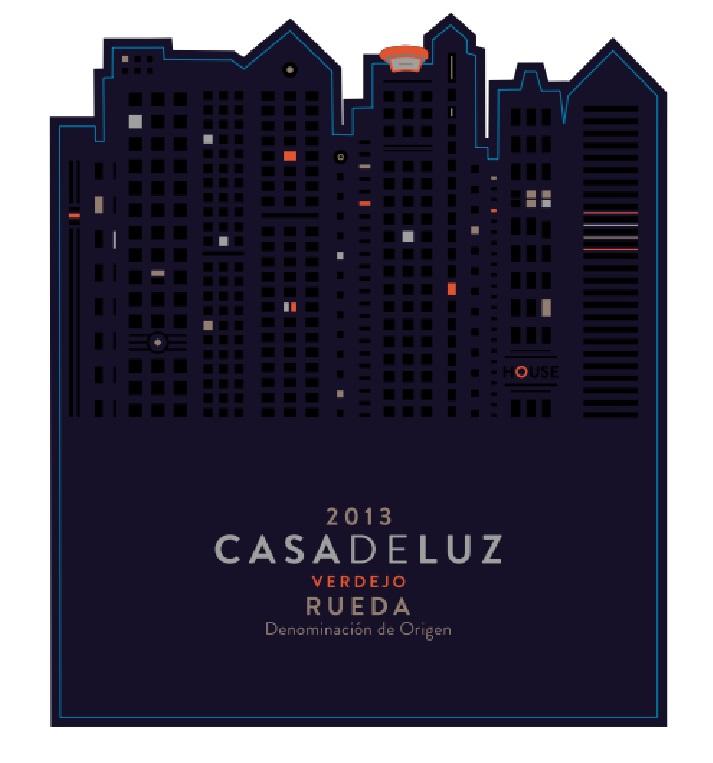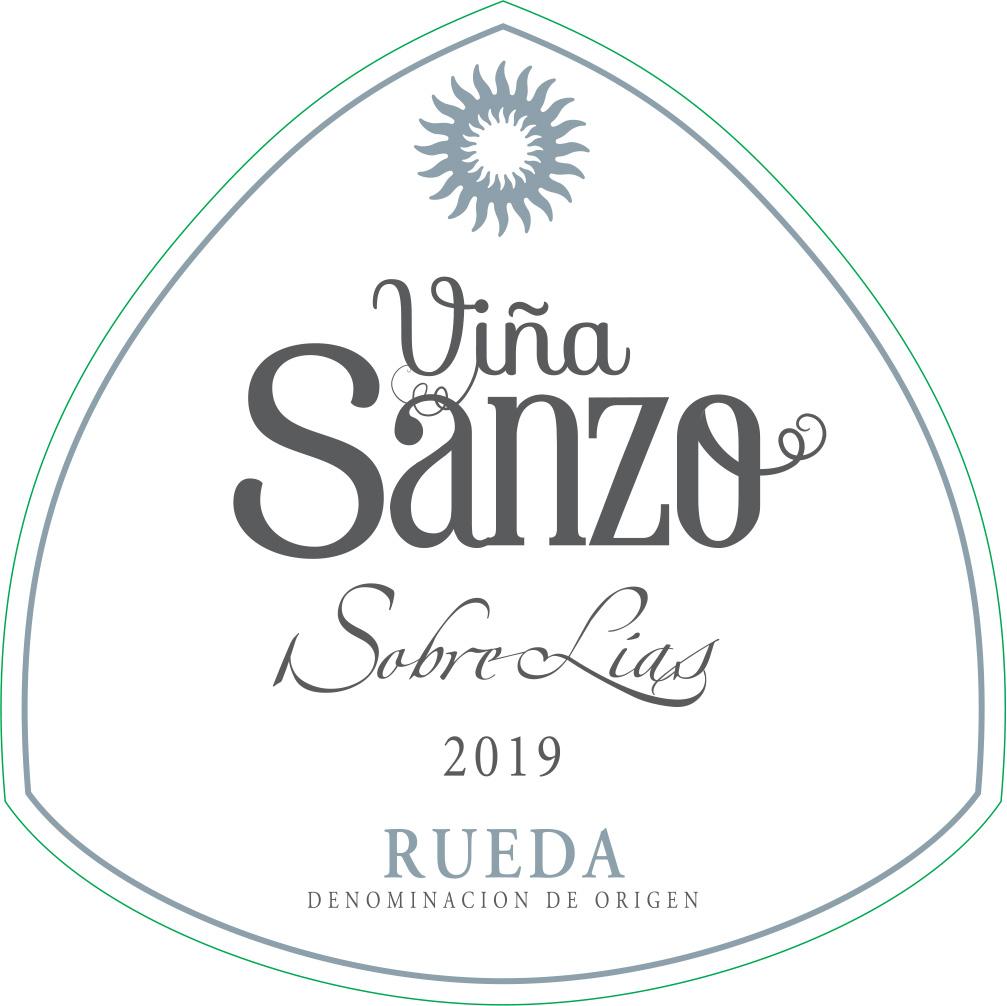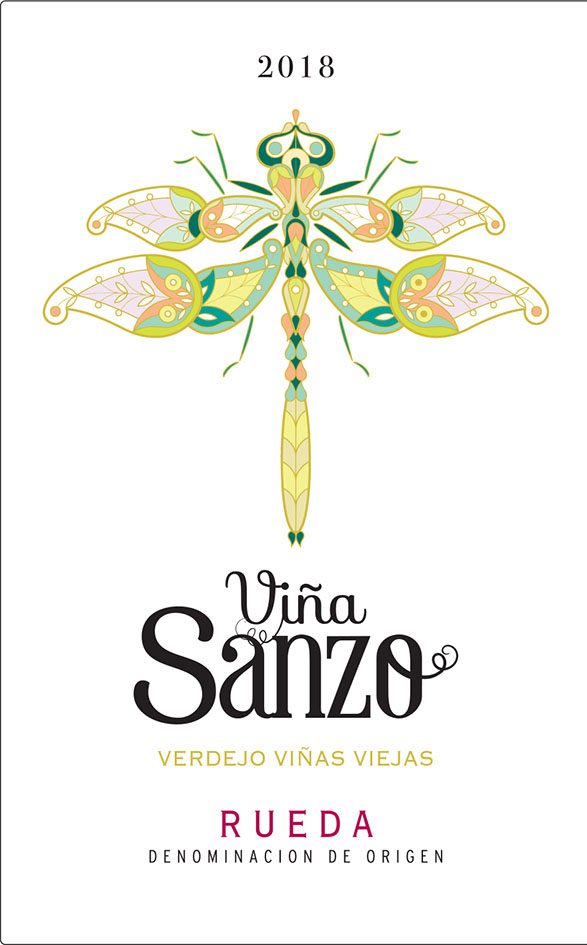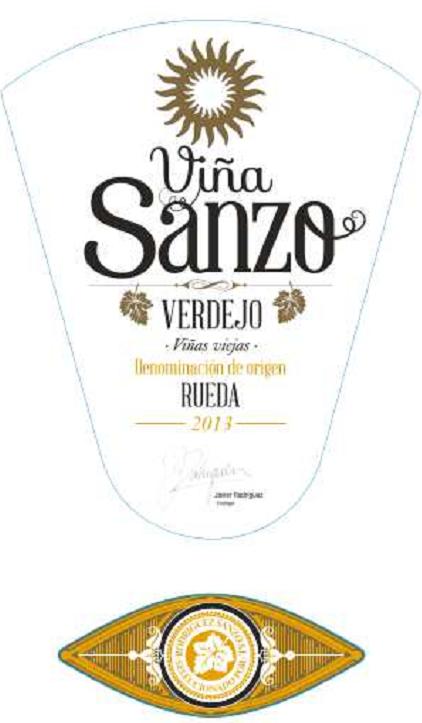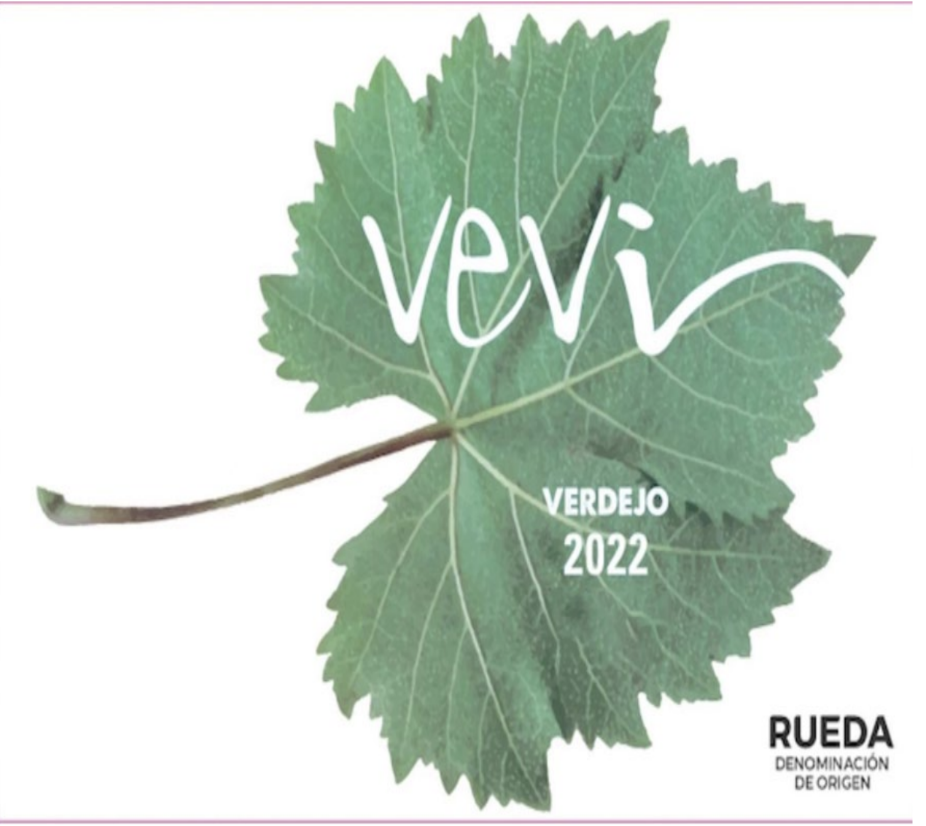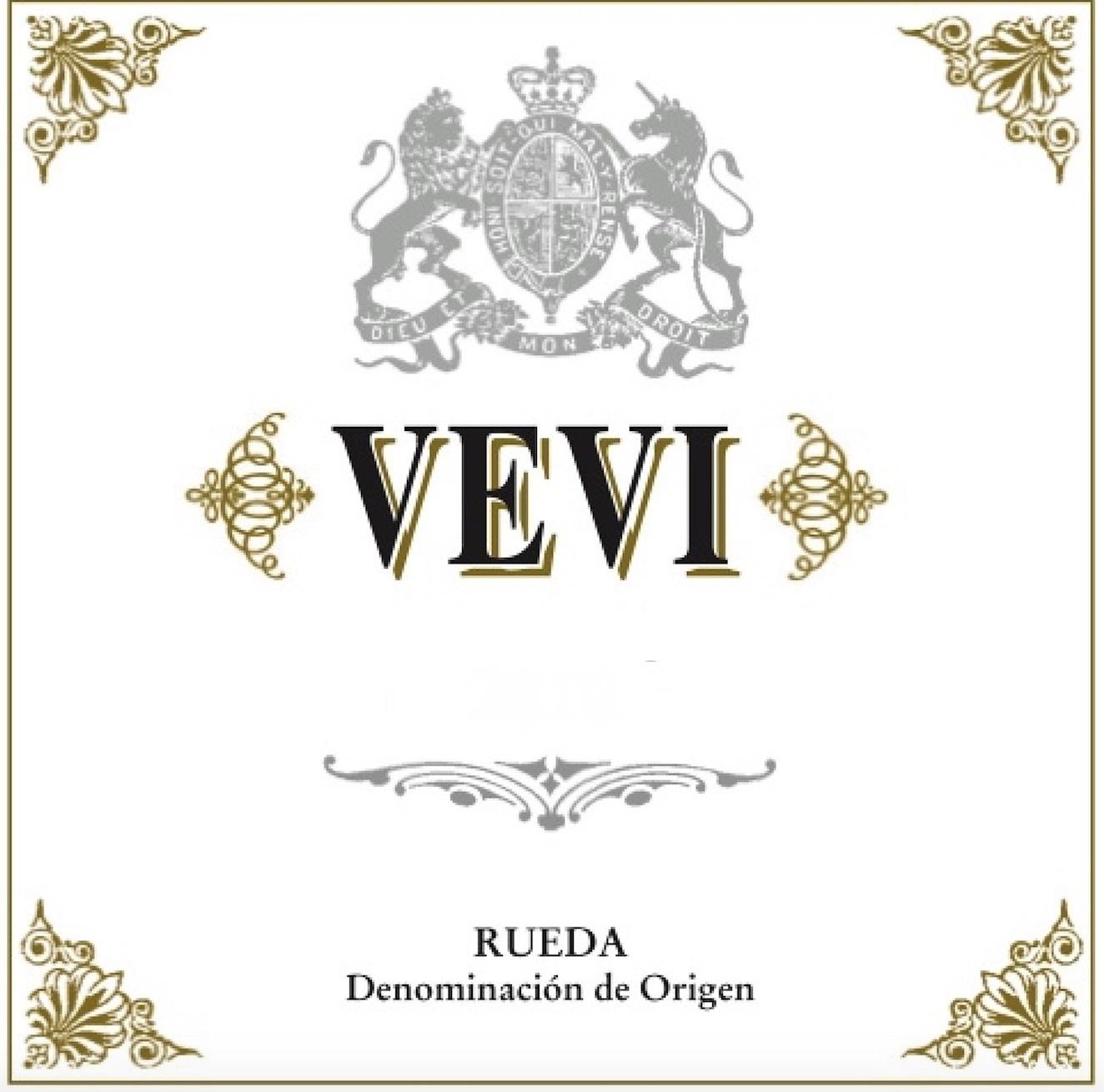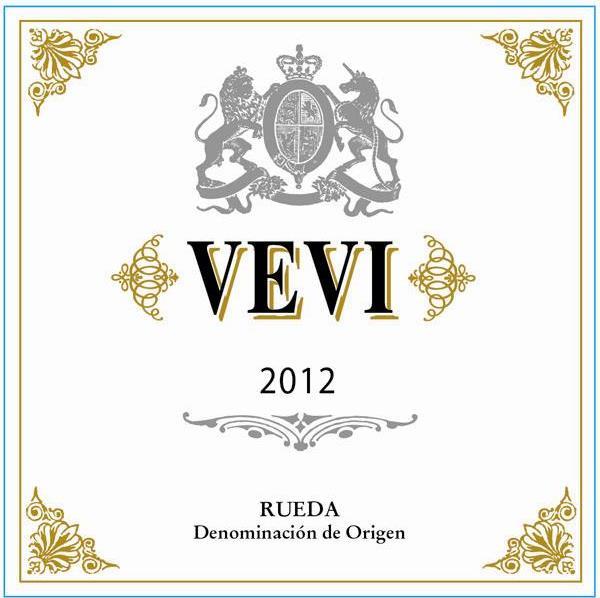Terroir of Castilla y León
The high-altitude vineyards of Castilla y León, on the Iberian plateau, enjoy a unique continental climate. With elevations from 700 to 1,000 meters, the region has hot, dry summers and cold winters. The big temperature swings between day and night help grapes ripen fully while keeping their acidity, which is key for balanced wines.
The soils vary, with limestone in Ribera del Duero adding structure, and slate and granite in Bierzo giving a mineral edge. This diversity supports grapes like Tempranillo and Verdejo, each showing unique regional traits. Even with the tough climate, the dry conditions and winds reduce disease, aiding sustainable farming. Bierzo, with its milder, wetter climate from Atlantic influences, is perfect for refined Mencía wines.
Notable Wineries in Castilla y León
Castilla y León, a region marked by heritage and innovation, is home to some of Spain's most esteemed wineries. Here are a few notable names:
-
Vega Sicilia: Established in 1864, this iconic winery in Ribera del Duero is renowned for its complex, long-aging wines, especially the legendary “Único.”
-
Dominio de Pingus: Founded in 1995, it produces cult-status wines from old Tempranillo vines, with the flagship “Pingus” being highly acclaimed.
-
Marqués de Riscal: While originally from Rioja, it modernized Rueda's white wines with a focus on the Verdejo grape, setting a standard for the region.
Sustainable Winemaking in Castilla y León
In Castilla y León, sustainability is flourishing, driven by passionate winemakers committed to preserving their rich heritage. The region's natural high altitudes, dry climate, and steady winds naturally support organic and minimal-intervention practices, reducing the need for synthetic inputs.
Many producers adopt organic and biodynamic methods, focusing on capturing the authentic expression of their unique terroir. Traditional techniques, such as preserving old bush vines and using natural pest control, highlight a deep respect for the land. In Toro and Rueda, ancient ungrafted vines produce concentrated grapes with minimal environmental impact.
Without a unified certification, these practices reflect a dedication to sustainable winemaking, ensuring the vitality of the vineyards for future generations. The result is a vibrant wine scene where innovation meets tradition, fostering a sustainable future while honoring the past.
Wine Tourism in Castilla y León
Wine tourism in Castilla y León offers a captivating blend of culture, history, and viticulture. The region's official Wine Routes, such as Ribera del Duero and Rueda, guide visitors through its renowned DOs, highlighting both traditional and modern approaches to winemaking. These routes connect wineries with cultural landmarks and dining experiences, offering a full immersion into the area's rich heritage.
In Castilla y León, visitors can explore ancient underground cellars and savor local wines alongside robust dishes like lechazo asado. The unique climate and diverse soils contribute to the distinct flavors of its wines, from the bold Tempranillo reds to the crisp Verdejo whites. With a focus on sustainability, many wineries employ organic practices to preserve their terroir. This dedication ensures that wine tourism here is not just about tasting wine but understanding its deep historical roots and commitment to the future.



